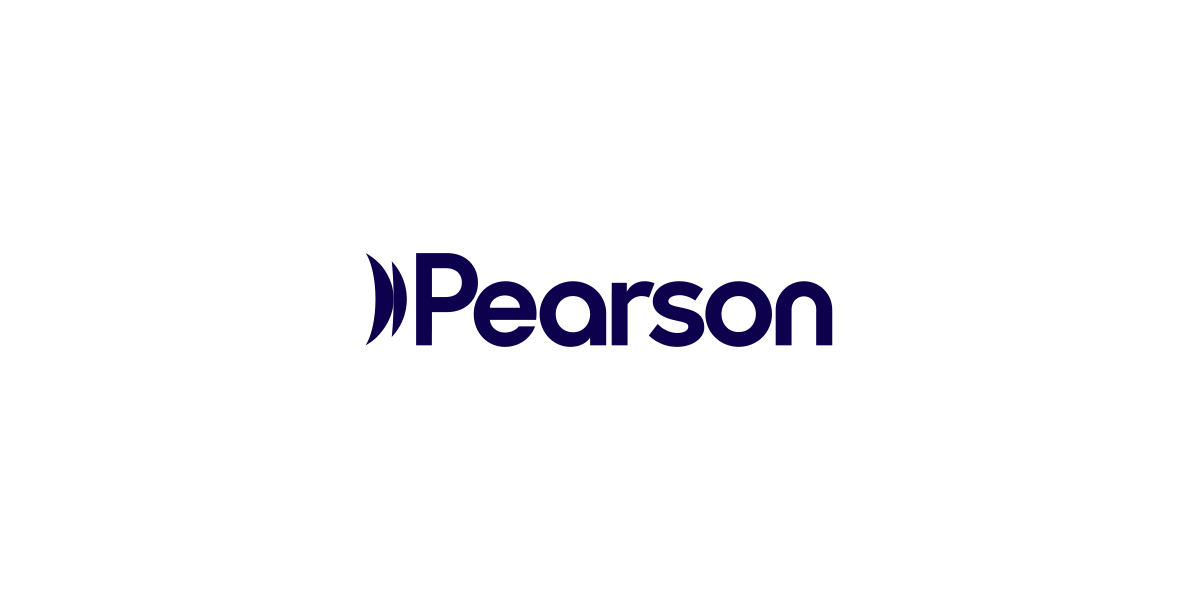Measurement, differential description, and diagnosis of dysarthriaPCTA distributes but does not publish this product.
Frenchay Dysarthria Assessment 2 Edition
FDA-2
Measurement, differential description, and diagnosis of dysarthriaPCTA distributes but does not publish this product.Choose from our formats
Kits
Starter & complete kits, print & digital
1 option
Support materials
Manuals, stimulus books, replacement items & other materials
2 options
All products
All tests and materials offered for FDA-2
3 options